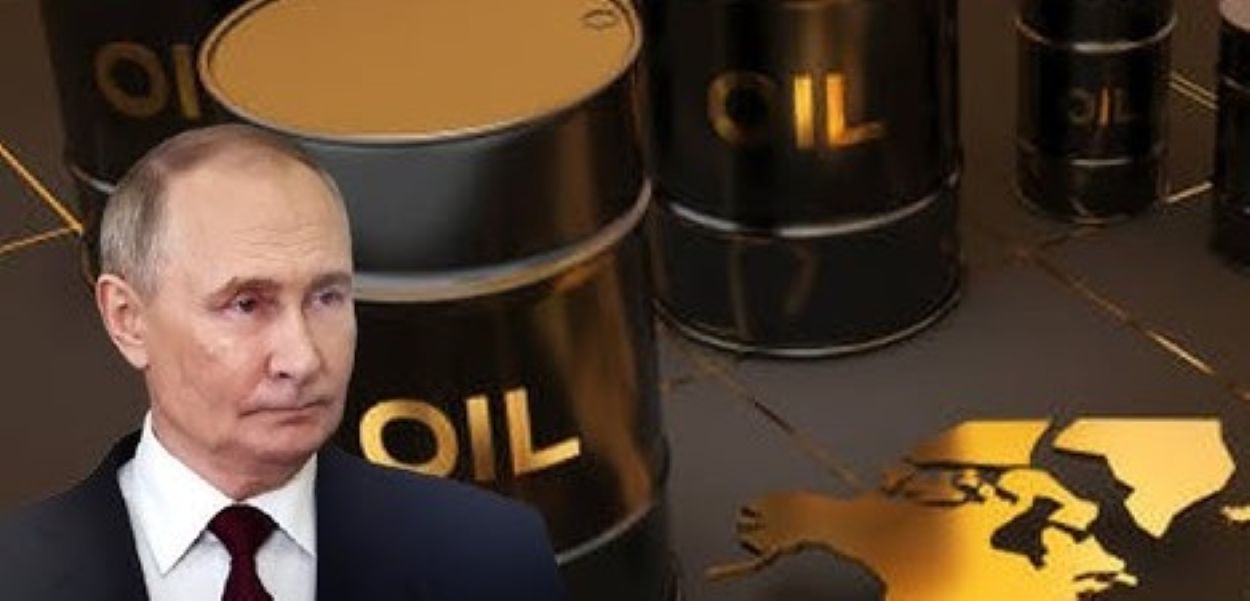Oil markets experienced downward pressure during early Asian trading sessions on Monday. Prices retreated as Russia’s crucial Novorossiysk export terminal resumed normal operations after a temporary suspension due to security concerns.
Brent crude futures declined by 58 cents, representing a 0.9% decrease to $63.81 per barrel. United States West Texas Intermediate crude futures similarly fell by 59 cents, dropping 1.0% to $59.50 per barrel from Friday’s closing figures.
Both major oil benchmarks had achieved moderate weekly gains after rising more than 2% during Friday’s trading session. The previous increase reflected market concerns about export disruptions at Novorossiysk and the adjacent Caspian Pipeline Consortium terminal.
These facilities handle approximately 2% of global oil supplies, making their operational status significant for worldwide market stability. The temporary closure had created supply concerns that initially supported higher pricing.
⚡️The Russian port "Novorossiysk" resumed oil loading after the Ukrainian attack, — Reuters.
The port and the Caspian Pipeline Consortium terminal were idle for two days, stopping the export of 2.2 million barrels of oil per day — about 2% of global supplies.
According to LSEG… pic.twitter.com/ke2LYqV0ge
— BLYSKAVKA (@blyskavka_ua) November 16, 2025Ukraine’s intensified attacks against Russian energy infrastructure continue influencing market dynamics. The Ukrainian military confirmed striking Russia’s Ryazan oil refinery on Saturday, followed by another attack on the Novokuibyshevsk oil refinery on Sunday.
Despite the resumption of loading activities at Novorossiysk, analysts remain attentive to potential future disruptions. The strategic targeting of Russian energy assets remains a persistent factor in oil market calculations.
Market Analysis and Price Projections
Fujitomi Securities analyst Toshitaka Tazawa noted that “investors are trying to gauge how Ukraine’s attacks will affect Russia’s crude exports in the long term.” Market participants appear to be securing profits following Friday’s price rally while assessing the longer-term implications of supply.
Tazawa additionally highlighted persistent concerns about oversupply from OPEC+ production increases. He projected WTI prices would likely stabilise near $60 per barrel, fluctuating within a $5 range under current market conditions.
Read: Trump Imposes First Ukraine-Related Sanctions on Russian Oil Giants
Western sanctions continue affecting Russian oil trade patterns, with the United States implementing measures against major Russian energy companies. These restrictions aim to pressure Moscow toward peace negotiations regarding Ukraine.
Recent OPEC+ agreements have maintained production increase targets of 137,000 barrels per day through December, matching the levels seen in October and November. The organisation has scheduled a pause in production increases for the first quarter of the upcoming year.






